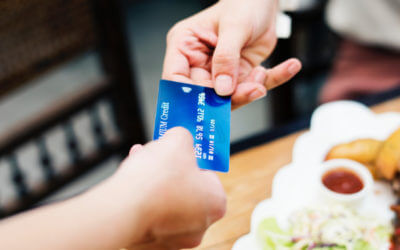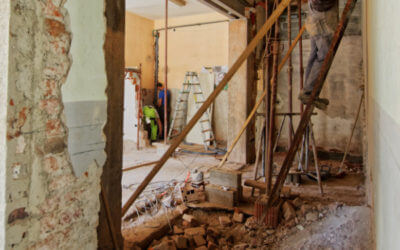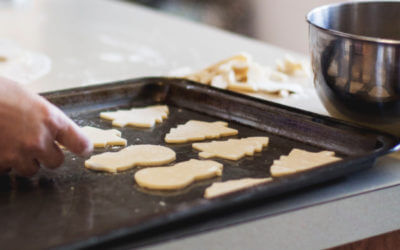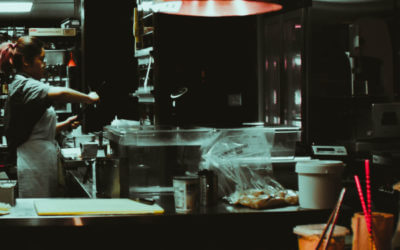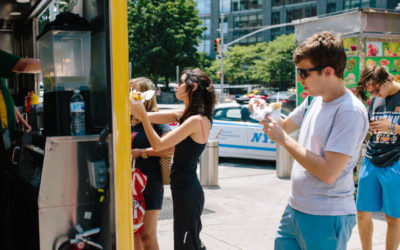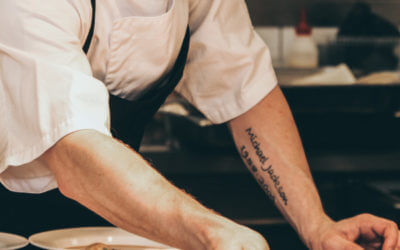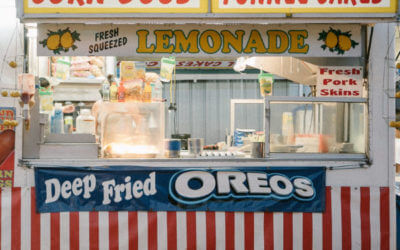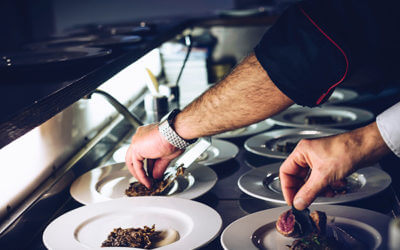Beer Chilling Systems: Which Type Is Right for My Restaurant?
March 24, 2018A refrigeration unit is integral to the functioning of any restaurant.
Beers are best served cold – there’s no questioning that! But which beer chilling system is the best? From reach-in coolers to glycol chillers, a beer chilling system is an important piece of restaurant equipment that completes your commercial kitchen, ensuring a positive experience for your customers. Thus, it must be selected carefully.
The right restaurant equipment is a must if you are to set up your commercial kitchen successfully. Before buying a refrigeration unit, consider your available space. Consideration also has to be given to your restaurant concept and style. We’ll dive into two major beer chilling restaurant equipment options to help you decide.
Reach-in Freezers and Coolers
A reach-in cooler can be carefully placed in the bar area of your restaurant. This restaurant equipment is usually low to the ground, and can be set to just the right temperature for your beer. Staff will have to reach into the freezer or coolers to retrieve the beer. Such restaurant equipment is best designed for storing bottled beers. Still, there are a few factors that must be considered before making the purchase for your commercial kitchen.
Size and Position: One of your most important considerations when buying a reach-in freezer or cooler is its size. The refrigerator will likely be positioned in the bar area of your restaurant. However, you want to ensure that this restaurant equipment is easily accessible and that the size is just right for its location.
Style: There are different styles and types of reach-in coolers. While some consist of a refrigeration unit and a freezer unit, you will likely need this restaurant equipment to be all refrigeration and no freezer. The door style – transparent or opaque – should also be considered.
Glycol Chillers
This restaurant equipment keeps the beer cold from the store room to the tap, allowing your customers to enjoy fresh, cold beer without opening a bottle.
Glycol chillers are essentially refrigerators that function in a draft system. This will require a cooler, kegs, pressure gas, tubing, and a faucet for direct serving. This restaurant equipment allows you enjoy reliable control over the temperature of the beer running out the faucet. A walk-in cooler houses all beer kegs.
With the right amount of gas pressure (usually a bottled combination of carbon dioxide and nitrogen), the gas is forced out of the keg through the tube and out through the faucet. Although this process might seem straightforward, there are certain considerations to be made when employing this restaurant equipment.
Pressure: The location of your walk-in freezer and tubing will impose some resistance against the free flow of beer. You must ensure that the right amount of gas pressure is applied to see the beer through to the faucet.
Carbonation and Temperature: How carbonated is the beer in the keg? The kind of beer you are selling and the temperature of your keg will have a major impact on the kind of gas combination needed to push it through. You want to be careful not to overly carbonate the beer; it could get too foamy or go super flat.
Your choice of restaurant equipment must be made with due consideration to the style and ambience of your restaurant and bar. Ultimately, you want to ensure that your chilling system leaves your customers feeling refreshed and satisfied. With the right amount of care and consideration, your restaurant equipment can sate their thirst for the perfect, cold beer.
Preventing Dine and Dash in Your Little Rock Restaurant
There’s nothing more frustrating to a server – and a manager – than realizing that a table has left without paying for their meal. It costs everyone money, and it can be insulting as well. Sometimes dine and dashers are young people who think it’s a funny prank. Other...
Renovations: Keeping Your Restaurant Supplies & Costs in Check
Every restaurant owner has to face the reality of renovations at some point. Usually, this is good news – your restaurant is growing, or is successful enough that you can expand. Sometimes it’s just a matter of keeping up with the times, replacing old and damaged...
Build Up Your Employees with Fun Perks
Your employees do a lot for you. You depend on them to follow protocols, serve customers with kindness, and keep your commercial kitchen in top shape. Of course, you provide them with a great working environment. But why not thank them in additional ways – with fun...
Commercial Kitchen Fun: Almost a Dozen Ways to Cook Eggs
Cooking an egg might be one of the most basic kitchen skills around, but that doesn’t mean there’s only one way to do it. If you serve breakfast, you’re probably familiar with quite a few of them. But almost a dozen? That’s worthy of its own egg-only menu! Don’t...
Restaurant Equipment Spotlight: Using Tech to Promote Your Restaurant
You’ve got a great location. Your restaurant equipment is in great shape, and you have excellent employees ready to serve. Your menu is on point, and you’re ready to bring a top-level dining experience to your community. So… where are the customers? Having an...
Holiday Marketing for Your Restaurant
It’s never too early to think about how you plan to market your restaurant for the holidays. Your strategy will vary a lot depending on what type of establishment you have. The restaurant supplies you’ll need will also depend on the type of marketing campaign you...
Things to Instagram About Your Restaurant
A picture is still worth 1,000 words, especially when it comes to marketing. While customers taking endless pictures of their food to post online may frustrate your staff, the truth is it gets the word out about your restaurant. However, you don’t have to rely on your...
Choosing the Right Refrigerator for Your Commercial Kitchen
People who buy refrigerators for their homes often spend weeks researching different models and finding exactly what they need. It’s a major investment for many homes, and it pays to get it right! In your commercial kitchen, you may feel that you don’t have that kind...
Tips for Managing Restaurant Inventory
Does the thought of keeping track of every ingredient and piece of kitchen equipment in your restaurant make you want to hide your head under a pillow? You’re not alone. Keeping track of everything is time-consuming and often overwhelming. And you know how much your...
Restaurant Supplies: Getting Started With a Food Truck
While restaurants grow slowly, the food truck industry has been rocketing with 7.3% growth between 2012 – 2017. Food trucks are great for entrepreneurs because they have a relatively low startup cost and annual overhead compared to other businesses. Customers who...
Commercial Kitchen Fun: Restaurant Bloopers
Making mistakes is part of being human. However, sometimes these mistakes are pretty funny and deserve to be shared with others. There are many things that may not have been funny at the time, but in retrospect give you a smile and reason to be more gentle with...
Kitchen Equipment Spotlight: What You Need for Concession Stands
Tis the season for high school football and other fall festivals. Are you in charge of stocking concessions for your local team’s games? Or are you considering opening a concession stand at a local sporting venue, outdoor event, or pool? If you want to provide...
Kitchen Supplies: Should You Go Local With Ingredients?
If you own a restaurant in Little Rock, you’ve certainly heard of the trend toward going local. Local kitchen supplies, local ingredients, even local art as décor. There are a lot of great reasons to buy local – your money will stay in and support your community, for...
Commercial Kitchen Fun: Why Salty & Sweet?
All cooks who consider making desserts know that salty and sweet is a winning combination. Salted caramel shows up in hundreds of recipes. Candy bars combine salted nuts with chocolate. We dip French fries in ice cream. We put pineapple on pizza. People even put salt...
Restaurant Equipment Spotlight: Ensuring Safety in Your Restaurant
A lot happens in your restaurant every day. You have people coming and going all the time. Your employees are constantly moving around, and customers are entering and leaving throughout the day. Unfortunately, with all that activity, there’s also a lot that can go...

